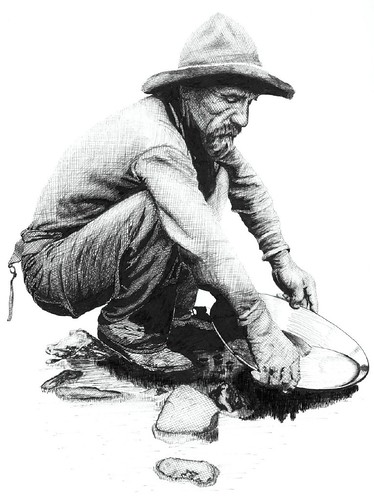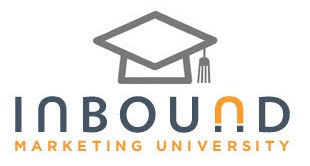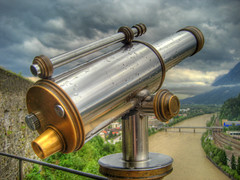
For COMM 4633 and SPC 4350 Classes
This assignment gives you an opportunity to learn how to monitor blog and other social media content in a way that provides similar insight offered by more traditional environmental scanning methods.
Many people will discuss your client or organization and its products/services on their own web sites or on social media sites, outside of realm traditional media. Just as it is important for you to know what the media and your community are saying about your organization and its products/services, it is important to know what is being said in social media sites like blogs, social networks, and message boards. For this assignment, you will
- monitor the online conversation that has occurred about an organization or brand of your choosing since February 1, 2011,
- create a table for your data, and
- write an analysis of the conversation with suggestions for action.
You might find bloggers who are blogging about your client organization or brand, people who are creating Web sites about it, message board members who are discussing it in forums, Twitter users who are twittering about it, social networking users who are commenting about it, or online video producers who are posting YouTube videos about it.
Let me know by Week 4 how you choose to complete the project (individual or teams) and which organization you are choosing in class. Teams will collect much more data, but write one cohesive report. NOTE: The first person (or team) to “claim” a Fortune 500 company or large non-profit organization “gets” the company. No duplicates, please.
Step One: Complete Background Reading
See these resources for advice on social media monitoring.
- The Social Media Team Toolkit: Listening by Amber Naslund
- Twitter, Customer Service, and Good Brand Management by Valeria Maltoni
- Reputation management: Conducting a social media audit by Matt Lane
- Social Media Marketing – A Guide for the Common Man by David Corman
- The Conversation about the Conversation by The Buzz Bin
- Other People’s Privacy by Rough Type
- Radian6 Digest January 2010 by Radian6
Steps Two-Four
See the complete assignment below:









